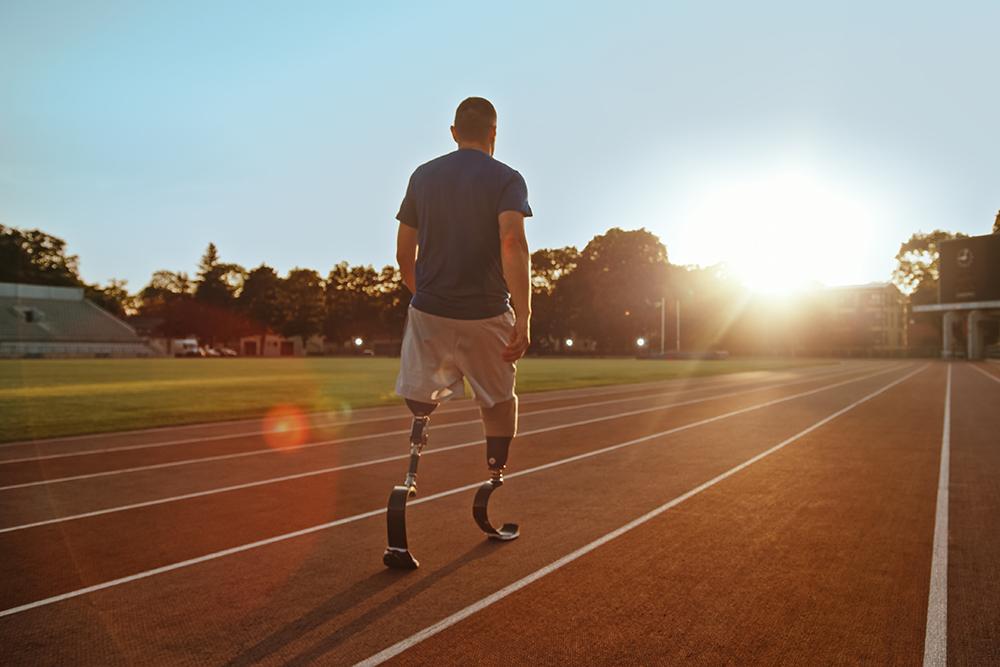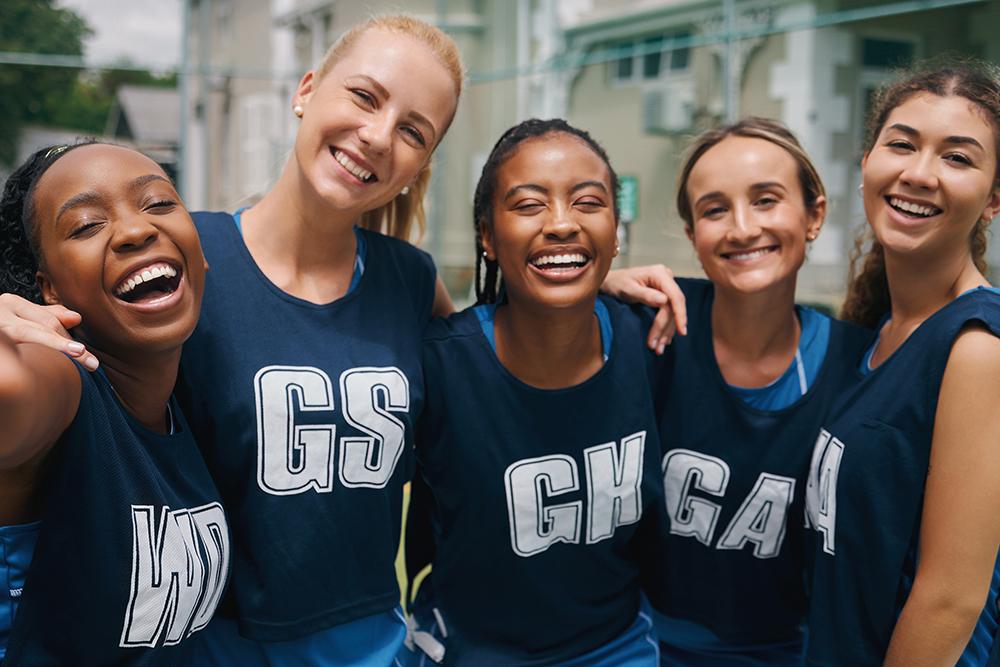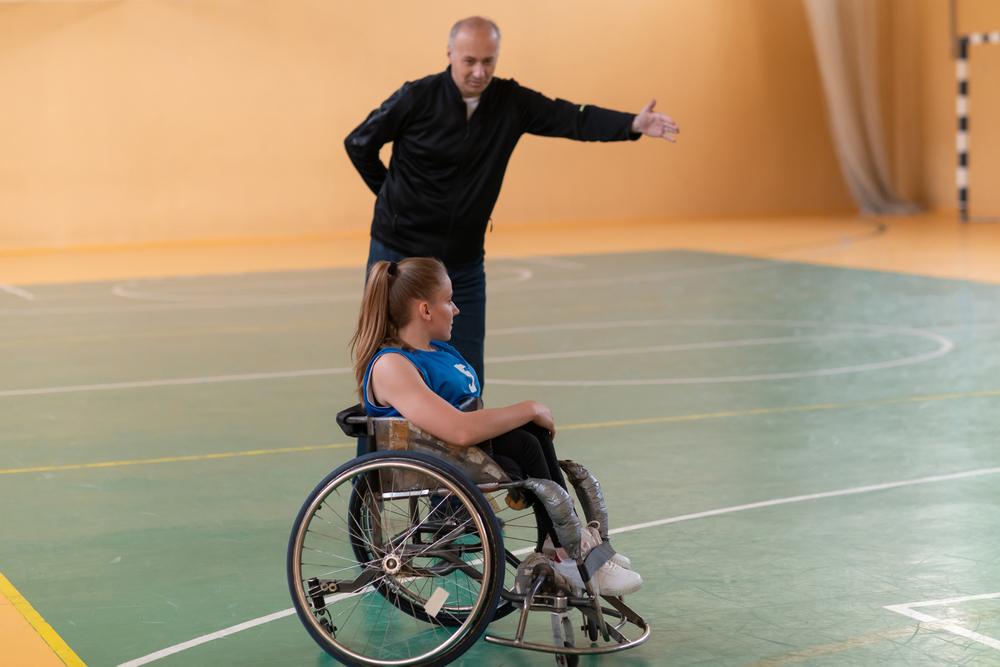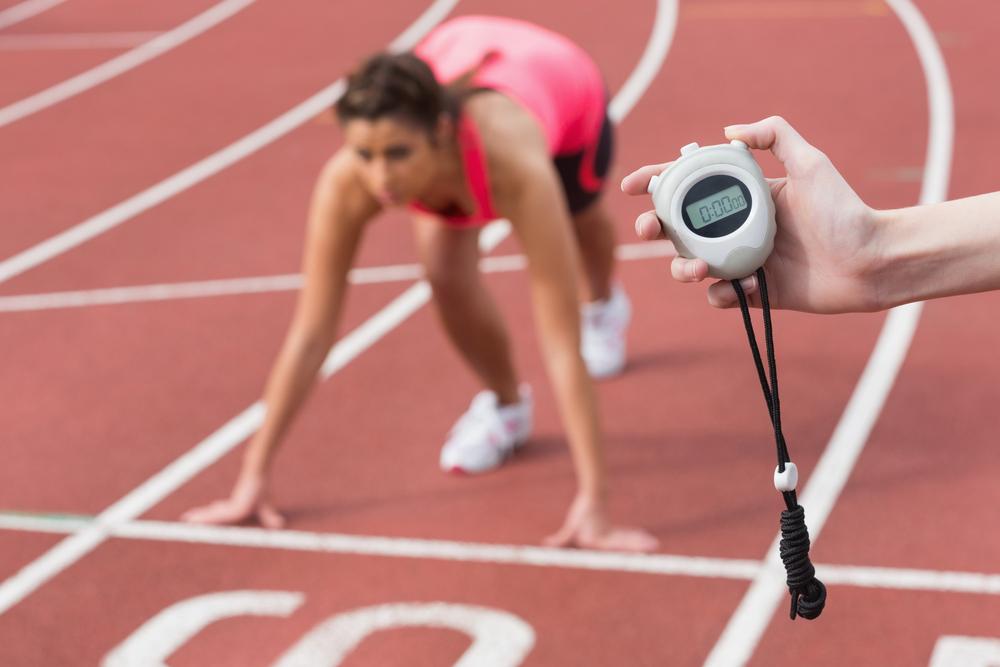Prioritizing personal safety while training has been making headlines in recent months. How can athletes stay safe when training solo, especially if they’re running alone at night or in unfamiliar areas? How can athletes stay healthy in a sport culture where the demands have never been higher? For student-athletes, sometimes these situations are hard to avoid. But putting your health and well-being first, even if that means standing up for yourself to your coach, calling for help when you find yourself in an uncomfortable situation, or asking for a second opinion from another doctor are signs of strength, not weakness.
Advocate for Yourself and Your Health
If you’re a young athlete suffering from something like chronic fatigue, gut distress, or any type of recurring condition that doesn’t allow you to perform at your best, there may be something going on in your body. But it may not be as simple as contacting your physician. You may need to push your doctor to order extra tests or ask for a second opinion or referral to a specialist. Be clear about the problems you’re having, and make sure that you’re heard. If you’re not sure what you need to ask for, bring a caregiver or even a friend along with you to the appointment to help you advocate for yourself.
Train as Safely as Possible
 One of the best things you can do for yourself is to become aware of how you can prioritize your safety while training. This doesn’t just mean hydrating and fueling your workouts properly—though that’s important too! It means paying attention to your surroundings and making your training environment as safe as possible. This advice isn’t meant to scare you, but rather to alert you to the realities of training environments. Don’t be scared to go for your biggest goals but be smart and advocate for your right to train safely and healthily.
One of the best things you can do for yourself is to become aware of how you can prioritize your safety while training. This doesn’t just mean hydrating and fueling your workouts properly—though that’s important too! It means paying attention to your surroundings and making your training environment as safe as possible. This advice isn’t meant to scare you, but rather to alert you to the realities of training environments. Don’t be scared to go for your biggest goals but be smart and advocate for your right to train safely and healthily.
1. Let someone know your plan
Doing a solo training run or hike? Let your parent, guardian, or teammate know where you’re going and when you expect to return. Ideally, you should have your location shared with one or two trusted people so that they can check where you are if you’re running late.
2. Look for well-traveled routes
If you’re unsure where to run or train in your area, ask at a local running or bike store for recommendations, or even go to your local police station and ask if there are areas that are safer (or less safe) for runners, hikers, and cyclists. Apps can also show you routes that are often used in your area, which can give you a sense of where most runners are congregating.
3. Pay attention to road layouts
When running, you should be facing traffic, meaning you should be able to make eye contact with drivers. Look for roads that have sidewalks or designated lanes for pedestrians and try to avoid roads that don’t have a wide shoulder or sidewalk. If there isn’t a sidewalk, keep your head up and look at oncoming traffic: Unfortunately, you never know when a driver will swerve unexpectedly. As you cross the street at a stop sign or traffic light, try to make eye contact with drivers before you run in front of them to make sure that they’ve seen you.
4. Train during daylight hours
The easiest way to stay visible to drivers is to train during daylight hours. And during daylight hours, trails and running routes are more likely to be populated with other runners, making them generally safer.
5. Be seen on any route
If you do need to train in the dark, make sure that drivers are able to see you. Invest in reflective gear like a vest, as well as a headlamp that allows you to navigate tricky terrain. Even sidewalks can be dangerous in the dark!
6. Unplug when training alone
While it’s tempting to zone out to a podcast or a playlist while you’re out for your solo training run, it’s important to always be aware of your surroundings—and that means taking the headphones out and paying attention to what’s happening around you. You should also take your phone with you so that if you do need help, you’re able to call.
7. Carry emergency supplies
Especially if you’re doing a training run or ride that will take you away from easy access to help, think about what you may need to have in case of an emergency. Your cell phone is obvious, but for longer sessions, a bottle of water and some kind of snack should be tucked in a vest, handheld, or waistband. Depending on your location, you may even need to carry bear spray.
8. Bring a friend
The best way to stay safe in isolated areas is to bring a friend along. You can also look for running or training groups in your area, especially if you don’t need to do specific speedwork or hit certain paces. If you don’t have another runner who can keep up with you, ask a sibling or parent to ride their bike alongside you while you run, or have a friend go for a walk around a short, looped course so that you’ll pass each other throughout your workout.
9. Trust your gut
Have you ever been on a training run and passed a person who just made you feel like something was ‘off’? Trust your gut in those situations and get to a more populated area as quickly as possible, even if that means cutting your run short or pausing to go into a store to remove yourself from the situation. It’s better to be overly cautious and listen to that intuitive voice in your head.
10. Talk to your coach
If it’s impossible for you to do the training that your coach is asking you to do outside of practice due to safety concerns, speak up. Often, there’s a solution that you and your coach can work towards that will make you feel safe, whether it’s the team covering the cost of a gym membership so you can run on the treadmill or getting a group of teammates together to hit the track after school a couple of days every week.
11. Be extra-aware when traveling
As an athlete, you may end up traveling to far-flung locations in order to compete and may need to get outside in unknown cities so you can stick to your training plan. If you are in a new area, these tips are even more important to follow.
Add these travel specific precautions:
- Make sure that your phone works in the country that you’re in.
- Download the local maps on your navigation app so that if your cellular data isn’t working, you can still find your way around.
- Ask about the safest running routes in the area and consult apps to see where people are training.
- Consider running shorter loops so that you’re never far from your home base.
- Wear a waistbelt so that your phone isn’t in your hand as you run.
- The best way to see a new area is with a teammate.
____________________
Takeaway
When training outside of team practice, athletes need to be aware of basic safety protocols. This includes planning your training routes on safe roads, sticking to populated areas, and ideally training during daylight hours. Always let someone know where you’re going and when you’ll be back, and whenever possible, bring a friend.



